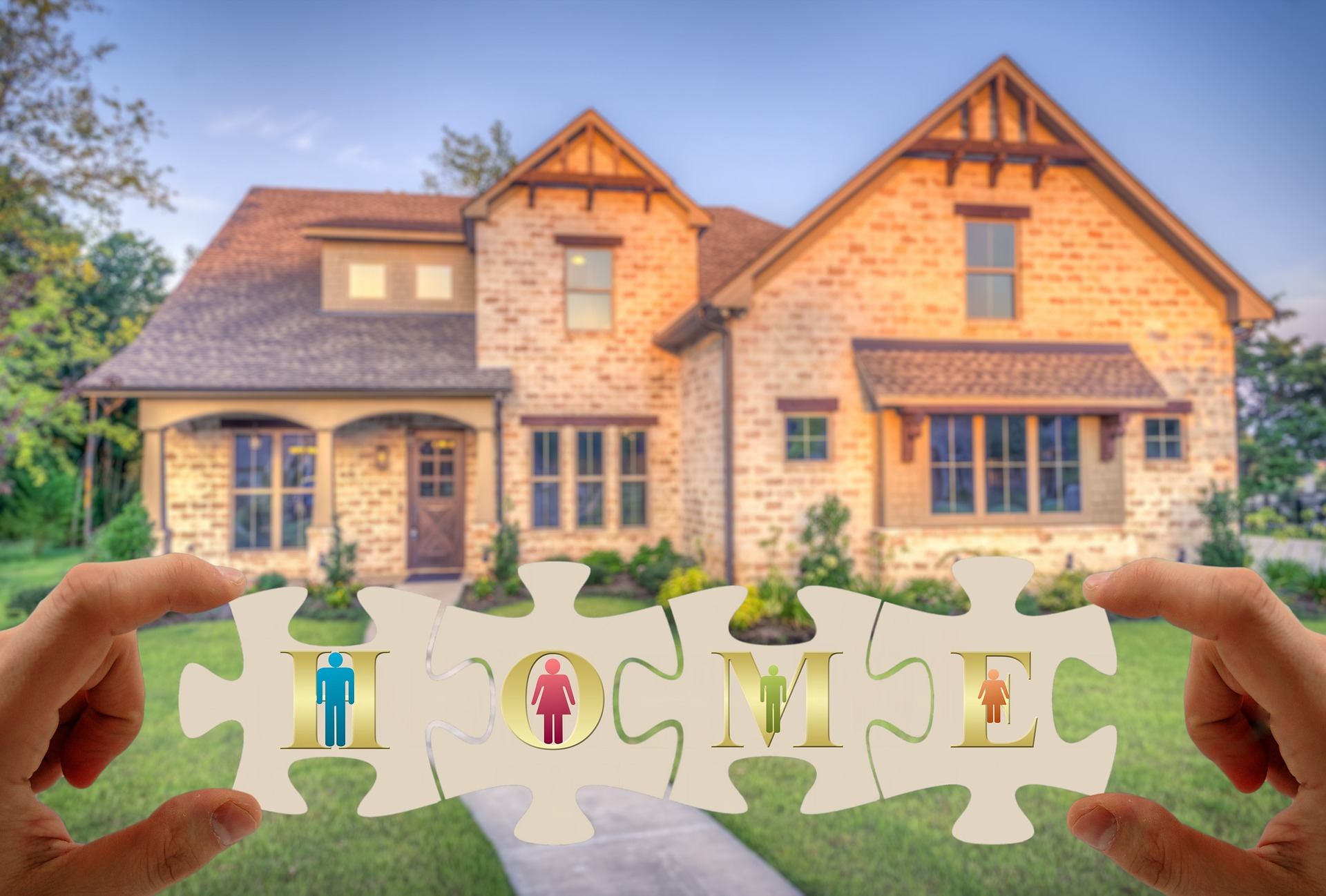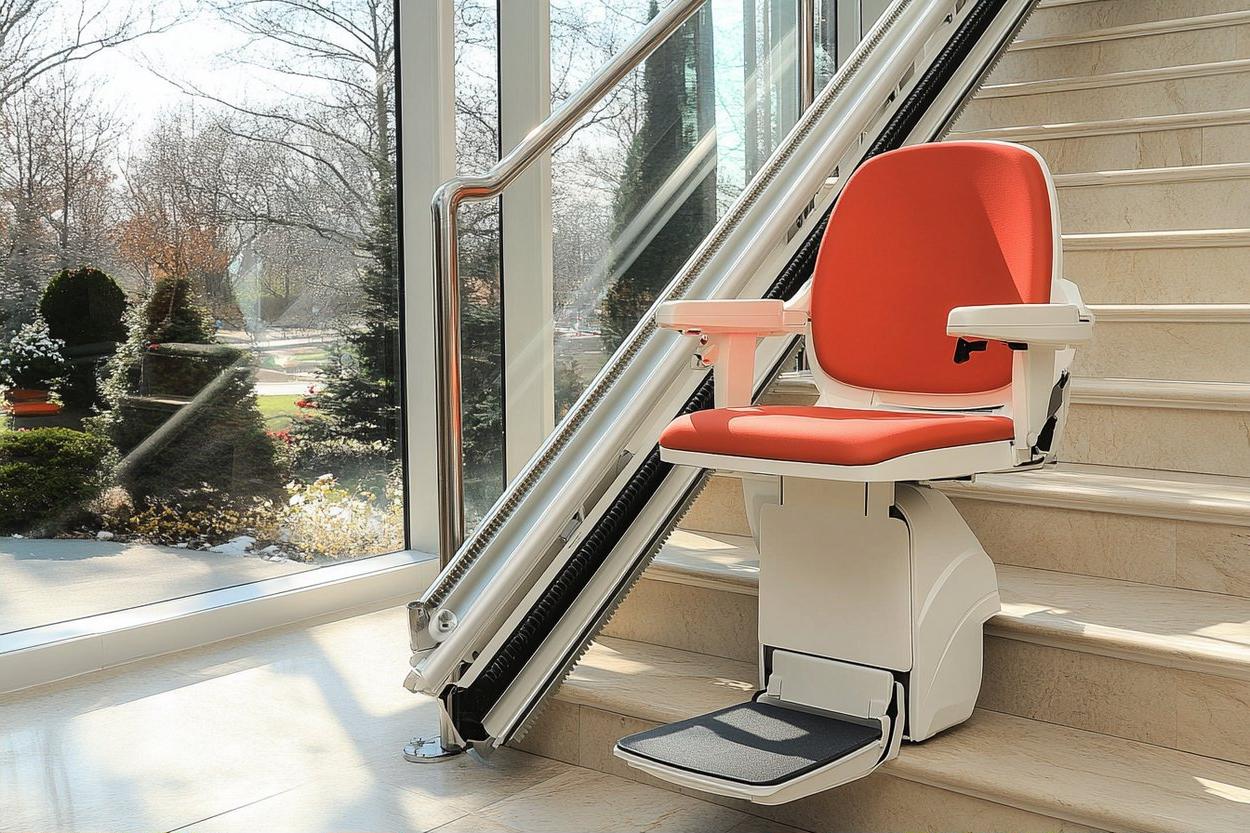Why Granny Annexes Are So Popular in 2025
Granny annexes have emerged as essential fixtures in modern housing solutions in the UK by 2025, catering to the growing popularity of multigenerational living amidst spiraling social care costs. Offering a balance between financial savings and lifestyle flexibility, modern structures enhance property value and adaptability. Comprehending the regulations and benefits can guide strategic family planning.

Understanding Granny Annexes in the UK Property Landscape
Granny annexes—self-contained living spaces within or attached to a main residence—have deep roots in British housing history. Historically known as “granny flats,” these secondary accommodations became popular during post-war housing shortages but fell from favor during the economic boom years when independent living became the norm. Recent years have seen a remarkable resurgence, with planning applications for annexes rising by 16% annually since 2020. These modern versions range from converted garages and extensions to purpose-built garden structures, all designed to create semi-independent living arrangements for family members, most commonly aging parents. Unlike traditional care homes, annexes provide personalized support while allowing seniors to maintain autonomy in a familiar family setting.
Current Legal Framework and Planning Considerations
Navigating planning permission remains one of the most challenging aspects of creating a granny annexe in Britain. As of 2024, most annexes require planning permission under Class C3 dwelling houses classification, with local authorities maintaining strict oversight to prevent the creation of separate dwellings that could later be sold independently. The 2023 updates to Permitted Development Rights have somewhat streamlined the process for certain conversion projects, allowing some annexes to proceed without full planning applications if they meet specific criteria. Key considerations include the annexe’s relationship to the main dwelling, shared utilities, and whether the layout suggests a truly dependent relationship. Council tax implications vary by local authority, with most annexes receiving discounts if occupied by family members over 65. Professional planning consultants have become valuable allies for homeowners, with success rates for annexe applications improving by approximately 25% when expert guidance is secured.
Financial Implications and Market Value Considerations
The economics of granny annexes present a compelling case for many UK homeowners looking toward 2025. Construction costs typically range from £20,000 for basic conversions to £80,000 for premium standalone structures, a significant investment that nonetheless compares favorably to care home fees that average £45,000 annually. Recent valuation studies indicate that well-designed annexes can increase property values by 20-30%, particularly in family-oriented suburban markets where multi-generational living options command premium prices. Mortgage lenders have responded to this trend with specialized products, with several major UK banks now offering specific “family support” mortgage options that factor in the added value and potential rental income of annexes. The 2024 revisions to equity release schemes have also opened new financing routes for property owners over 55, allowing them to fund annexe construction without monthly repayments, leveraging existing property equity instead.
Design Trends and Practical Considerations for 2025
The architectural approach to granny annexes is evolving rapidly, with 2025 designs emphasizing accessibility, sustainability, and flexible use. Smart home technology integration has become standard, with 83% of new annexes incorporating features like voice-activated lighting, remote monitoring, and emergency response systems. Adaptable designs that accommodate changing mobility needs without appearing institutional are gaining popularity, featuring wider doorways, level access showers, and discreet handrails that blend with contemporary interiors. Space-efficient layouts remain crucial, with modular furniture and dual-purpose rooms allowing comfortable living in footprints as small as 30 square meters. Sustainability features have moved from optional to essential, with annexes increasingly incorporating high-efficiency insulation, air source heat pumps, and solar panels to reduce running costs and environmental impact. Garden-based annexes particularly have embraced biophilic design principles, using large windows and natural materials to maintain connections with outdoor spaces and enhance wellbeing.
Social Benefits and Multigenerational Living Dynamics
The social architecture of the family unit is being positively reshaped by the granny annexe movement. Recent sociological research from British universities highlights that successful multigenerational living arrangements typically reduce social isolation among elderly family members while providing practical support like childcare for younger generations. The proximity allows for daily interaction while maintaining crucial boundaries through separate living spaces. Family psychologists note that clearly established expectations regarding privacy, financial contributions, and care responsibilities are essential for harmonious arrangements. The pandemic’s lasting impact on work patterns has made this living solution more viable for many families, with remote and hybrid working allowing adult children to provide oversight and companionship alongside professional responsibilities. Support networks have emerged nationwide, with dedicated forums and community groups sharing practical advice on everything from architectural solutions to navigating family dynamics in shared living arrangements.
Market Forecasts and Regional Variations for 2025
Looking ahead to 2025, regional variations in the granny annexe market reveal interesting patterns across the UK property landscape. Rural counties like Devon, Cornwall, and Norfolk are seeing the fastest growth in annexe applications, driven by larger plot sizes and an influx of retirees. In these areas, annexes are increasingly viewed as lifestyle choices rather than necessity-driven solutions. Urban centers present a different picture, with London boroughs showing innovation in space-constrained solutions like basement conversions and clever reconfigurations of Victorian housing stock. Northern regions display strong cost-effectiveness motivations, with annexes frequently framed as solutions to both housing costs and elder care needs. Market analysts project continued growth in the sector, with an estimated 15,000 new granny annexes expected to be created annually by 2025. This trajectory is supported by governmental signals suggesting potential planning reforms to further facilitate family living solutions, recognizing their role in addressing both the housing shortage and social care challenges facing Britain’s aging population.




